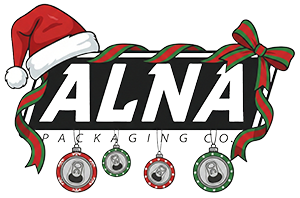
In the realm of aluminum can liners, two materials often spark debate: Epoxy and BPANI (Bisphenol A non-intent). Both are pivotal in safeguarding beverages from the aluminum's potential influence.
This article aims to cut through the technical jargon to explore what really sets Epoxy and BPANI apart, shedding light on their respective roles and the evolving landscape of can liner technology.
At a glance
In summary - Epoxy liners are the long-time favorites, renowned for their robust barrier properties and durability. They're a reliable choice but have faced scrutiny over BPA concerns. BPANI liners, especially Gen 2, offer a BPA-free alternative, closely matching the reliability of Epoxy liners without the BPA-related health concerns. Gen 1 liners, while BPA-free, include acrylic and Styrene, which may raise other considerations. Ultimately, the decision hinges on balancing these aspects with your specific packaging needs.
So, if BPANI Gen 2 liners seem to check all the boxes, why isn't everyone using them?
The answer lies in a mix of industry habits, cost considerations, and regulatory landscapes.
While BPANI Gen 2 liners are indeed a more recent innovation that addresses health concerns associated with BPA, they are still gaining ground in the market. Epoxy liners, with their long-standing history and proven track record, continue to be the default choice for many manufacturers due to their familiarity and established production processes. Also, transitioning to new materials like BPANI Gen 2 can involve changes in manufacturing processes, which might require additional investment and time.
Are Epoxy liners being banned in California?
As of now, California hasn't outright banned Epoxy liners in aluminum cans. However, the state requires clear labeling if BPA is present in packaging materials, leading many companies to opt for alternatives like BPANI liners to avoid potential consumer concerns.



